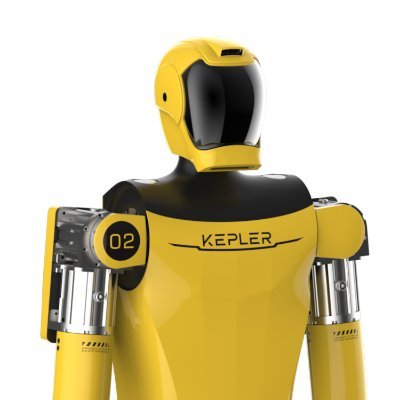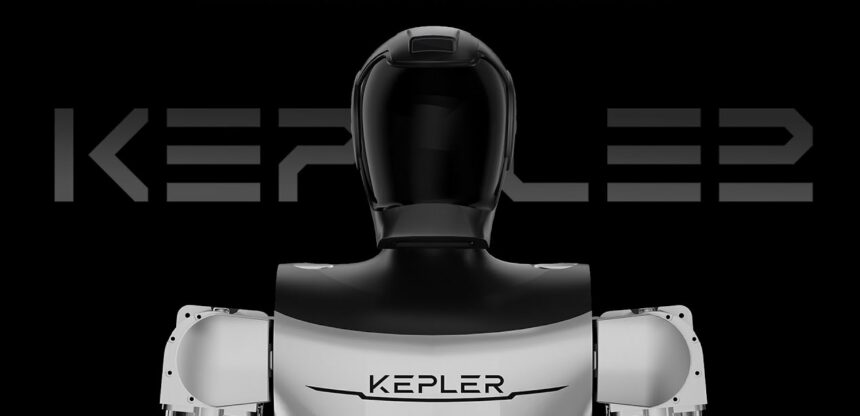The future belongs to robots, and China’s Robot Revolution is determined to be at the forefront of this transformation. While companies like Tesla have grabbed headlines with humanoid robots, China’s state-backed push promises a tidal wave of robotic workers unlike anything the world has seen.
China’s Ambitious Roadmap

In November 2023, the Chinese government laid out a clear path for robot domination. Their national guidelines aim to establish leading robotics companies, create specialized robot-focused industrial hubs, and integrate a staggering 500 robots per 10,000 human workers by 2025. This ambitious plan encompasses various sectors, from healthcare and agriculture to manufacturing and logistics, with the ultimate goal of seamlessly weaving robots into the fabric of the Chinese economy.
Beyond Grand Plans: The Rise of Chinese Robotics Players

While the vision is impressive, the real question lies in its execution. However, China isn’t just talking the talk. Companies like Kepler are already making waves with robots that mimic Tesla’s designs, albeit with seemingly less advanced capabilities. Other players like Neo and Yubitek are showcasing humanoid robots in production lines, though their current functionalities appear limited.
A Race Against Time
Despite China’s ambitious plans, the current generation of robots might not be ready to fully replace human workers. Technical hurdles remain, as evidenced by the clunky movements and limited tasks these robots can perform. However, the rapid advancements in AI and robotics suggest that these limitations are temporary.
The Future of Work: Robots on the Rise
Regardless of who claims victory in the first wave of humanoid robots, one thing is clear: robots are the future of work. With the global labor market facing a potential shortage due to declining birth rates, robots offer a solution to maintain economic growth within the framework of capitalism. Analysts predict the global humanoid robot industry to explode, reaching a value of over $5 billion by 2030. Compared to the more stagnant growth of traditional industries like automotive, robotics presents a potential gold rush.
The race for robot supremacy has begun, and China is a major player with a clear vision and significant resources. The implications for the future of work are vast, and it will be fascinating to see how this revolution unfolds.

